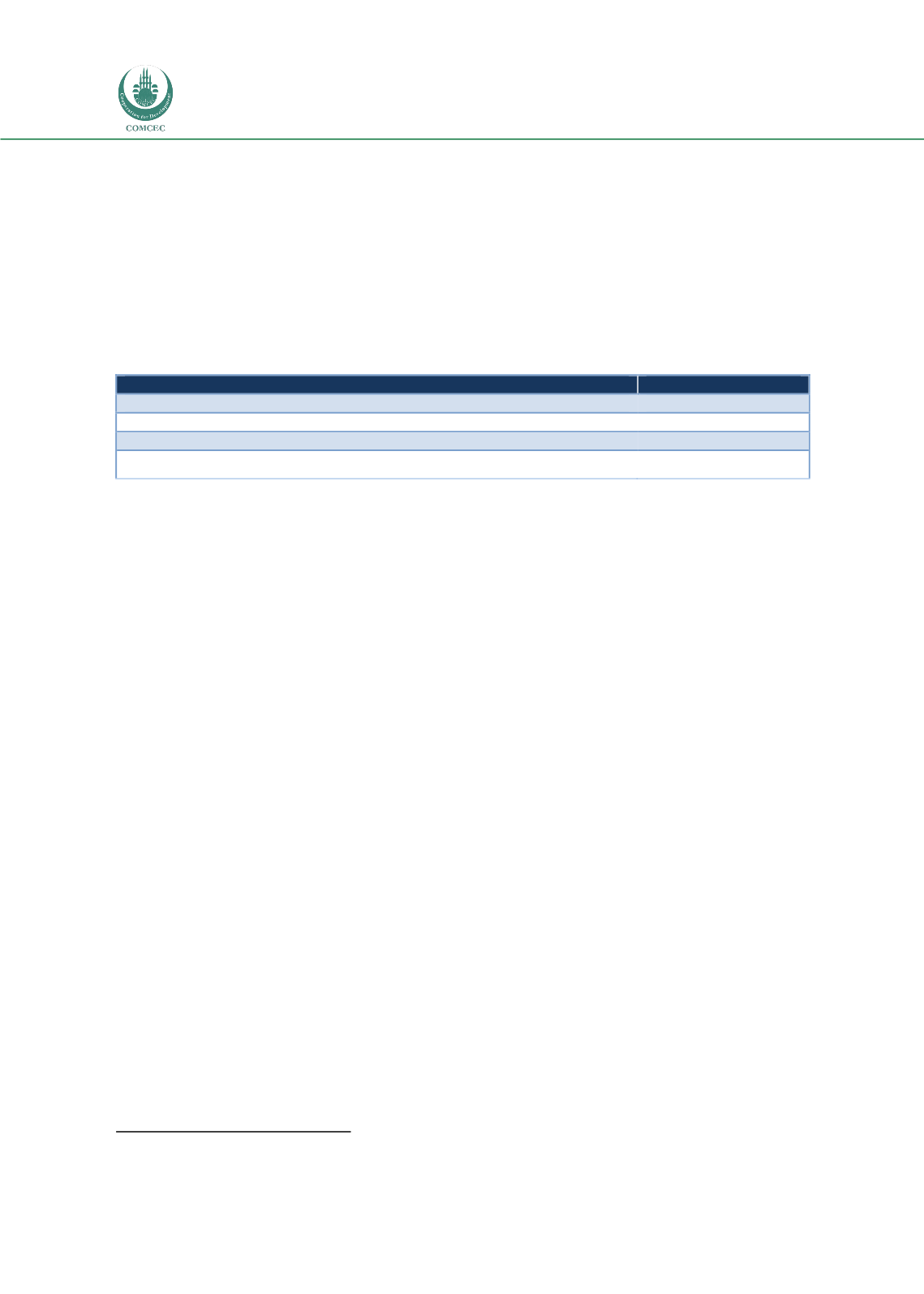

Improving Agricultural Statistics in the COMCEC Region
114
Data collected is usually transmitted from the ASU/DEA of MoAI to the Division of Agricultural
Statistics in CBS using floppy disks, memory sticks and sometimes via the internet. Data
processing and the analysis of the results from different surveys are often done at the
headquarters, located in Khartoum. Results from the various surveys are stored in Microsoft
excel files. Currently, there is no database consolidating the various primary agricultural
surveys.
109
Commodity Classification:
Sudan uses up-to-date classification systems.
Table 65: Classification System Used in Sudan
Classification
Version
ISIC (International Standard Industrial Classification)
Version 4
CPC (Central Product Classification)
Version 2
SITC (Standard International Trade Classification)
Version 3
SNA (System of National Account)
2008
Source: SSAQ Results.
v.
Main Agricultural Surveys and Data Sources
Agricultural Censuses
: The last general agricultural census in Sudan was conducted in the
1960s. However, a regional agricultural census in Khartoum was conducted during the period
1997-1998. This involved data on demographic characteristics, marketing and credit,
agricultural employment, land use, cultivated area, livestock and agricultural machinery.
Annual, Monthly, Weekly and Daily Surveys
: Irregular and ad hoc surveys on production,
area and the yield of crops (mainly cereals and legumes), livestock, prices received by
producers, as well as price monitoring at the wholesale and retail markets are conducted.
These are carried out annually by both CBS and ASU, and are often funded or organized by
WFP, FAO and other offices of the United Nations. The results are often published at the
national and state levels.
CBS and MoAI use baseline household surveys with larger samples for specific subjects. One
such example is to develop a seed supply chain to study food poverty through episode studies,
in collaboration with international humanitarian agencies. The MoAI also produces an
agricultural outlook report a monthly, quarterly and annual basis by using macro (national)
statistics from CBS and their own regional aggregate agricultural data.
109
MOAI, 2014.

















